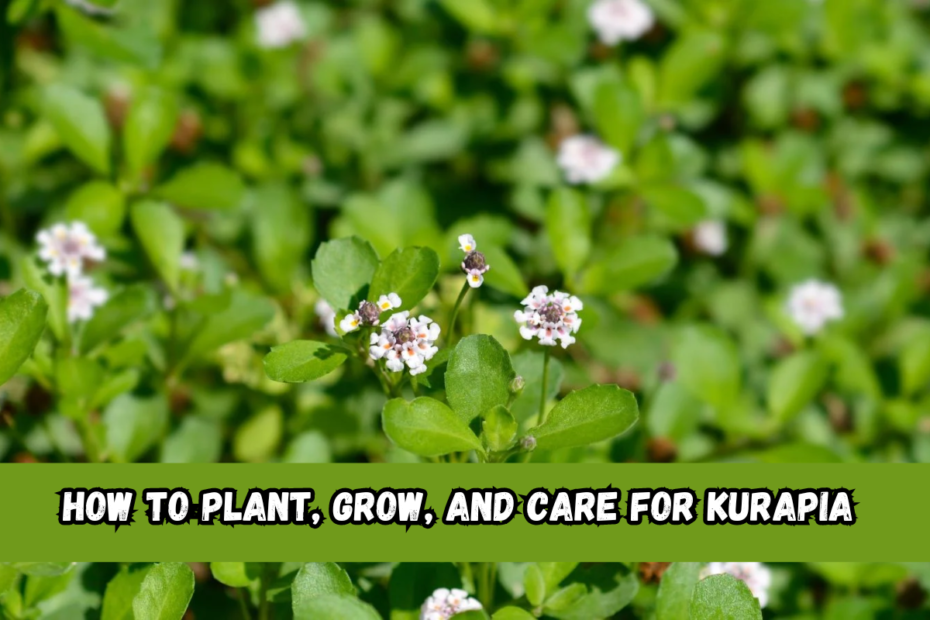How to Plant, Grow, and Care for Kurapia:- Kurapia, also known as Phyla nodiflora, is a ground cover that is considered to be both flexible and hardy, and it has acquired appeal among both gardeners and landscapers.
How to Plant, Grow, and Care for Kurapia
The ability of this perennial plant, which is native to Japan, to produce a landscape that is lush and green while requiring only a small amount of upkeep has earned it widespread veneration.
Because of its drought-resistant character and its ability to adapt to a wide range of climates, kurapia is an excellent choice for a wide range of environments, including residential lawns and commercial landscapes.
ALSO SEE : How to Plant, Grow and Care For Portulaca
Characteristics of Kurapia
The height of a kurapia plant is normally between four and eight inches, as it is a low-growing plant. In addition to effectively suppressing weeds and controlling soil erosion, it causes the formation of a dense mat of foliage.
Bees and butterflies are among the beneficial pollinators that are drawn to the small, delicate blossoms that bloom in colors of white and lavender. Because it is resistant to the impact of foot activity, it is an excellent choice for areas such as playgrounds, parks, and pathways.
Ideal Growing Conditions
This species of kurapia thrives in full sun and requires at least six to eight hours of direct sunlight each day in order to reach its maximum potential. Although it is able to survive in partial shade, it is best done in well-lit areas in order to get the most amount of flowering and overall health.
By providing the plant with some afternoon shade, it is possible to shield it from the effects of high heat stress in locations that are excessively hot.
Condition of the Soil Kurapia is able to thrive in a broad variety of soil types, including sandy, loamy, and even clay soils, given that the soils are able to drain adequately. A soil pH that falls between 6.0 and 7.5 is ideal for it.
It is possible to improve the structure and fertility of the soil by inserting organic matter such as compost. This is especially beneficial in heavier soils, where it can help maintain efficient drainage.
Watering Needs
A kurapia’s ability to withstand drought is one of its most notable characteristics. Once it has established itself, it takes very little watering, which makes it a great option for gardens that require little water. Consistent moisture is essential during the initial phase of establishment; but, after a few weeks.
the amount of watering that your plant receives can be decreased. Deep watering sessions once or twice a week will help sustain healthy growth by preventing the plant from drying out for an extended period of time.
Fertilization
Kurapia does not require a significant amount of fertilization. If the plant is placed in soil that is rich in nutrients, it might not need any further feeding at all.
On the other hand, encouraging rapid growth and flowering can be accomplished by administering a little amount of a balanced, slow-release fertilizer in the early spring.
When feeding a plant, it is best to examine the plant and make adjustments to the fertilization as necessary. Excessive fertilization might result in the growth of excessive foliage with fewer blossoms.
